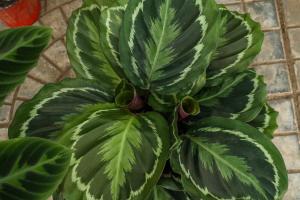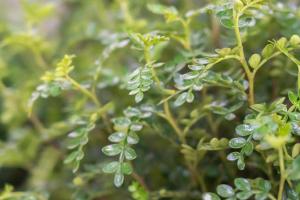What is Better: Pumice or Smart Gravel for Potted Plants
Choosing the right type of soil or substrate is vital for the overall health and growth of your potted plants. While the soil is undoubtedly critical, the right type of additives can significantly improve the quality of your potting mixture. Two of the most popular choices for potted plants are pumice and smart gravel. But which one is better? Let's explore.
What is Pumice and How Does it Benefit Potted Plants?
Pumice is a light and porous volcanic rock that is commonly used as a soil additive for potted plants. Pumice has excellent drainage properties, making it ideal for plants that require good-aerated soil. Its porous nature also allows the soil to retain moisture, ensuring the plants have enough water without the risk of overwatering.
Another benefit of pumice is that it is rich in minerals like potassium, magnesium, and calcium, which are essential for plant growth. These minerals can help to stimulate root growth and promote healthier foliage.
What is Smart Gravel and How Does it Benefit Potted Plants?
Smart gravel is another type of soil additive that can have significant benefits for potted plants. It is made of crushed rocks that have been treated with a special coating that captures and releases water. This means that it has excellent water retention properties and can help to reduce the need for frequent watering.
Another benefit of smart gravel is that it can help to regulate soil temperature. It can absorb heat during the day and release it at night, which can be particularly useful for plants that are sensitive to temperature changes.
Which is Better?
When it comes to choosing between pumice and smart gravel for potted plants, there is no one-size-fits-all answer. It largely depends on the type of plants you are growing, the climate you live in, and your preferred watering habits.
For plants that require good-draining soil and are sensitive to overwatering, such as cacti and succulents, pumice is an excellent choice. The lightweight nature of pumice will prevent the soil from becoming too compact, ensuring that the roots have enough space to grow.
Smart gravel, on the other hand, is a better choice for plants that require consistent moisture levels, such as ferns and begonias. The water-retention properties of smart gravel will help to keep the soil consistently moist, reducing the risk of underwatering.
Conclusion
Choosing the right soil additives is crucial for maintaining healthy and thriving potted plants. Both pumice and smart gravel have their unique benefits, and the one that you choose largely depends on the needs of your plants. If you're unsure which one to use, you can always experiment and see which one works best for you.

 how many times do yo...
how many times do yo... how many planted tre...
how many planted tre... how many pine trees ...
how many pine trees ... how many pecan trees...
how many pecan trees... how many plants comp...
how many plants comp... how many plants can ...
how many plants can ... how many plants and ...
how many plants and ... how many pepper plan...
how many pepper plan...
































